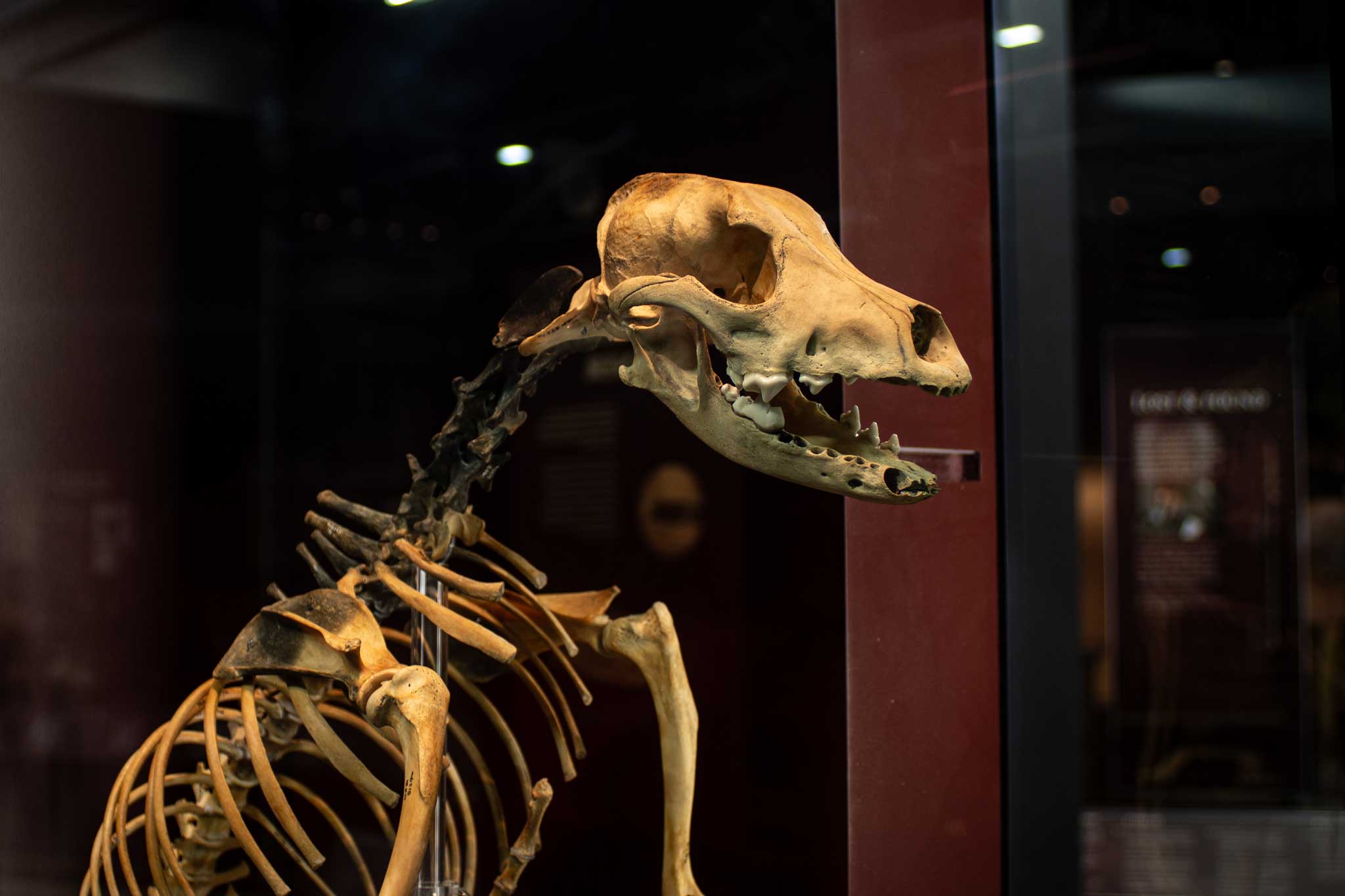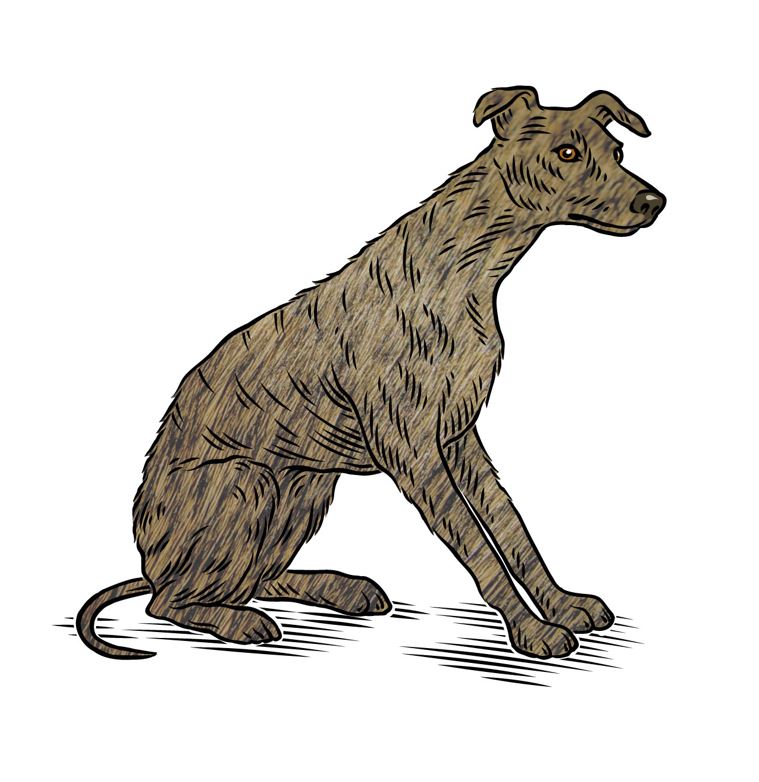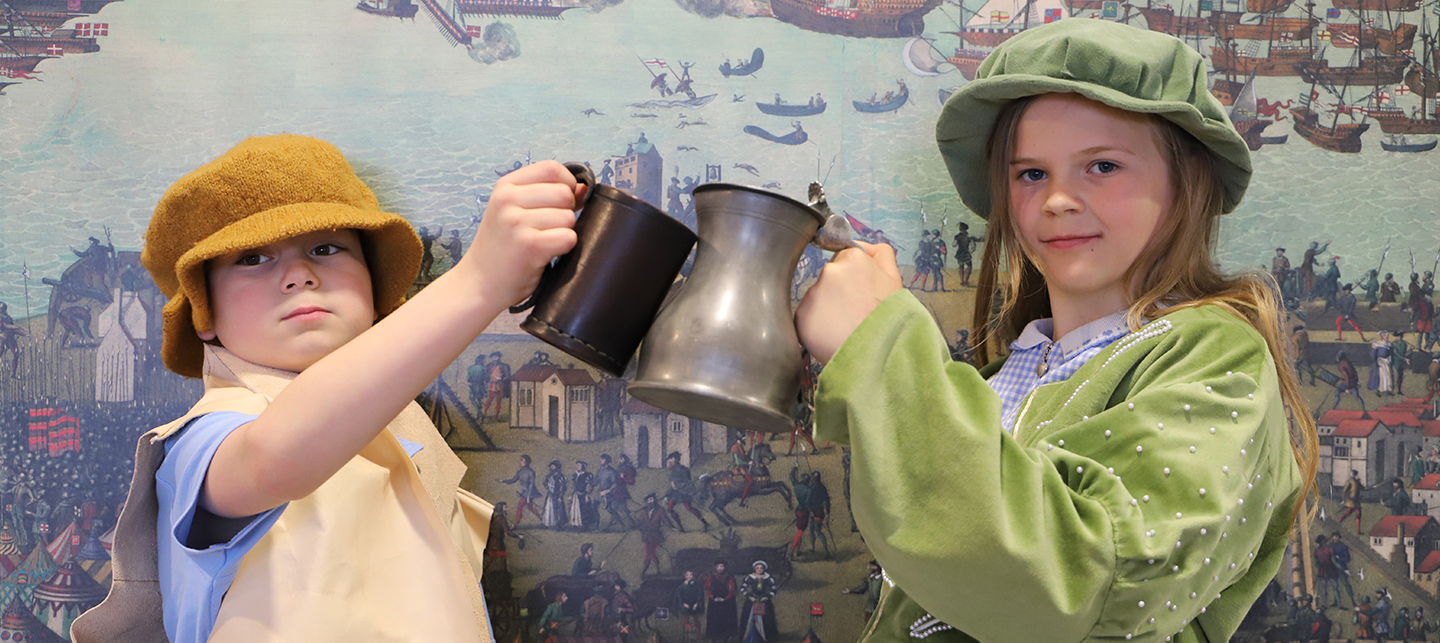Where was Hatch found?
Despite stories claiming he was trapped in the door of the carpenters’ cabin, but he probably died just outside this, with some of his remains being pulled inside the cabin post-mortem (after death) by marine scavengers.
Because of where he was found, we refer to him as the carpenter’s dog, and he shares a display case in the Mary Rose Museum with the master carpenter’s chest and personal belongings.
Why a ship’s dog?
While today we think of the ship’s cat as being more traditional, dogs were used on board ships for a couple of reasons.
Firstly, contrary to popular belief, cats aren’t that good at ratting, as many rats are big enough to fight back. Dogs such as terriers were considered to be much better at ratting, and many modern breeds were selectively bred for that task.
Secondly, Pope Innocent VIII had declared cats to be unholy in 1484, and the companions of witches, so owning one was generally considered unlucky – not to mention likely to get you in a lot of trouble. This opinion ended in England around 200 years later.


